Virtual reality in healthcare might just save your life one day. That might sound hyperbolic. But VR has grown from science fiction to a literal lifesaving technology. Most areas of healthcare have adopted elements of VR. The combination of cutting-edge tech with medical science might seem intimidating. But you’re about to discover clear examples demonstrating virtual reality healthcare innovations.
Table of Contents:
- Virtual Reality in Healthcare Emerges From the Metaverse
- What Is Virtual Reality?
- What Is the Difference Between Virtual Reality, Mixed Reality, Augmented Reality, and Extended Reality?
- What Is the Healthcare Industry?
- 8 Ways to Benefit from Virtual Reality in Healthcare
- 4 Real-World Examples of Virtual Reality in Healthcare
- Virtual Reality in Healthcare Is Just the Beginning
- How Augmented Reality Mirrors Virtual Reality in Healthcare
Virtual Reality in Healthcare Emerges From the Metaverse
Virtual reality in healthcare is developing at a rapid pace. And much of that speed is thanks to the fact that it’s one element of the metaverse. The metaverse is “fully” in development and growing exponentially. Its experimental nature means that it often grows into new industries like healthcare. The metaverse meaning essentially comes down to a merger or connection between the online/virtual world and the physical through various new technologies.
The metaverse is boundless but also persistent and open to communities. It’s often portrayed as a totally immersive experience where you step into a digital realm with a VR headset. But you can use devices like game consoles, computers, and even phones to access elements of the metaverse like augmented or mixed reality. You can explore the metaverse in the article “Metaverse Guide; Understanding The Basics Will Open Up a New World”.
What Is Virtual Reality?
Virtual reality is itself a computer-generated reality filled with items, landscapes, and even people that seem real. Users feel that they’re a part of this reality thanks to VR headsets which provide video and audio feeds to supplant the user’s perception of the physical world. This allows for memorable experiences ranging from stepping into a video game to letting surgeons practice through virtual reality in healthcare. Even athletes are using VR to improve the efficiency of their training routine.
While modern virtual reality is a technological marvel, people have been working toward it since the 1950s with the creation of Sensorama. The system was used to enrich movie theaters with additional sensory experiences. It could recreate elements from a movie with artificial smells, 3D visuals, and even vibrations. In the article “Virtual Reality; Discover VR, Its Components, Technology, and Players” you’ll find everything you need to know about VR.
What Is the Difference Between Virtual Reality, Mixed Reality, Augmented Reality, and Extended Reality?
Virtual reality in healthcare is obviously focused on virtual reality (VR). But VR is just one part of the larger world of extended reality (XR). XR also includes augmented reality (AR) which uses digital overlays to augment people’s view of the physical world. It adds to the physical world rather than creating new ones like VR. Mixed reality (MR) sits in between AR and VR to merge the physical and virtual with projections.
You can take a more focused look at AR in the article “Augmented Reality; Learn About AR Tech, Use Cases, Devices, and More!”. If you’d like to know more about MR, you should check out the article “Mixed Reality; Everything to Know About MR Technologies”. And finally, if you’d like to delve into the larger subject of XR, you should look at the article “Extended Reality; How is XR Changing the Digital World?”.
What Is the Healthcare Industry?
Now that you’ve learned about the VR part of virtual reality in healthcare, you might be wondering about healthcare itself. The term healthcare covers a range of sectors, including diverse services such as treating patients, working with rehabilitative services or palliative care, and illness prevention. In addition to direct care and administration, the term healthcare also encompasses research and services to provide essential equipment or care.
Broader definitions expand into education, regulation, and training. The industry can manufacture pharmaceuticals and devices, biotechnology, and more. And it even encompasses patient transportation, labs, medical imaging, physician, and nursing service providers.
8 Ways to Benefit from Virtual Reality in Healthcare
One of the amazing things about virtual reality is just how versatile it can be. It gives you the ability to create virtual worlds literally. This has led to many benefits for people using virtual reality in healthcare. But the following items are among the best ways for healthcare workers to get the most out of VR.
Medical Training
Book-based anatomy work and cadaver lessons have been valuable medical training tools. But imagine how useful fully interactive models would be for medical students. That’s exactly what virtual reality in healthcare has been able to provide. The technology can replicate clinician examinations like the OSCE’s. And it can be examined, taught, and refined to run in tandem with curricula. Students can even perform simulated surgeries in VR without any danger to real patients. The fact that simulations can react to stimuli makes them an invaluable learning tool. Everything from human simulations to micro-level CGI lipids can be featured.
Risk Management
A pharmacist works with various biological hazards over any given day. This is where the experiential nature of VR comes into the picture. This aspect of virtual reality in healthcare helps protect people by allowing them to practice in risk-free environments. Moreover, these tasks and environments can be used for as long as desired. It can allow pharmacy workers to test various techniques to maximize safety and performance while on the job. VR training lowers the chances of making a mistake by 200% compared to standard training.
Improving Research & Development
Companies have been working hard to improve vaccine production cycles in the wake of the coronavirus pandemic. The industry needs more efficient instrumentation training for equipment. And likewise, it can benefit from better collaboration among dispersed research teams. Adoption of virtual reality in healthcare addresses all of those issues and more. It streamlines drug research and opens up new possibilities. Remote work, in particular, is enhanced with VR. Virtual reality allows for expert-led training from locations all over the world. And even equipment, processes, or methodology can be leveraged from remote locations similarly.
Streamline Manufacturing
Pharmaceutical manufacturing is vitally important for patients’ well-being. But patients only benefit when manufacturing is held to the highest standards. The process of doing so can be complicated, though. And training is just as challenging. But the virtual reality in healthcare can provide unique training aids. For example, VR can let people examine complex mechanical processes on a smaller scale. Or they might recreate operating procedures in a multi-user environment for advanced training. These techniques have shown a 55% increase in the rate employees can pick up new skills. It also boosts situational awareness and understanding of the safety protocols.
Increase Trial Participation
Nearly half the budget for pharmaceutical companies goes into clinical drug trials. The costs can increase even more due to trials not finishing in time. And in fact, most trials go over their projected duration. And it’s also common for trials to struggle to get a single patient to enroll. All of these issues increase the already high costs. But the virtual reality in healthcare can change all that by showing potential participants what the experience will be like in advance. This instantly eliminates the recruitment-related issues involved with clinical drug trials and increases possibilities for remote virtual trials.
Mental VR Therapy
Many forms of mental health care have traditionally required difficult or even impossible treatments. For example, a patient facing fears related to PTSD or extreme phobias often can’t confront those situations due to their inherent danger. But virtual reality in healthcare also extends to mental health treatments. Professionals can conjure up any of those situations to help a patient finally confront them. Plus, in-situ-coaching can be performed right in the office with fully controlled virtual environments. AbbVie has even created a VR experience to raise awareness of and promote empathy for patients who have Parkinson’s disease.
Physical VR Therapy
Virtual reality excels as an aid for physical training exercises. Leveraging virtual reality in healthcare lets patients practice standard parts of life, like shopping or housework, in safe environments. This approach has even helped children with cerebral palsy improve their motor functions. VR can also make these exercises more entertaining and help keep patients focused on their recovery. Keeping patients optimistic keeps them on track, which is especially important for their long-term recovery goals. And an automated VR system can also track progress and make real-time adjustments through machine learning to perfectly tweak the difficulty and match a patient’s improvements.

Image attribution: Jelvix
Stroke Rehabilitation
Stroke rehabilitation requires patients to relearn many skills that people typically take for granted. But many of those skills are complex and even dangerous when approached with new physical limitations. Virtual reality in healthcare can provide a safe virtual environment where stroke patients can improve spatial orientation and motor skills. What’s more, this rehabilitation can be done remotely without needing either a patient or therapist to travel to the same location. Patients can even access a large database of custom exercises. Meanwhile, the patient’s therapists can track a patient’s progress or problems through the admin panel.
4 Real-World Examples of Virtual Reality in Healthcare
It should come as no surprise that there are a lot of real-world examples of virtual reality in healthcare, given the industry’s size. But some implementations are especially worth taking note of. The following are some of the most influential and innovative applications of practical VR in healthcare.
Rendever
Senior living communities face a significant challenge when trying to make new residents feel at home. Seniors often feel like their freedom has become limited. This results in feelings of depression for around 40% of residents. But the virtual reality in healthcare has shown significant success in this area. The Rendever system consists of headsets and VR software that instantly transports seniors into an immersive virtual environment. And it’s also a social experience that can be shared. Residents can come together to travel the world and share adventures. And it can even help cognitive decline by bringing old experiences to life.
Video: Rendever Overview
CHARIOT Program
It’s common for metaverse brands to tailor games to the interests of a younger audience. But the CHARIOT Program has a twist on this idea which makes it a perfect example of virtual reality in healthcare. The CHARIOT program at Lucile Packard Children’s Hospital Stanford uses VR to help ease kids’ fears about anesthesia and medical procedures. It takes existing technologies and creates new ones from them to address the unique needs of younger patients. A team of doctors, researchers, child life professionals, and engineers have come together to make innovative tablet and projector-based medical games.
Video: Treating pain with Virtual Reality (VR)
MindMaze
Virtual reality in healthcare often works by focusing on human-machine interfaces. But MindMaze is taking that idea even further. The company leverages over a decade of work in neuroscience, engineering, mixed reality, artificial intelligence, and biosensing. This has culminated in the innovative use of VR to help people recover, adapt, and learn. This can dramatically improve a patient’s recovery from neurological disease. The technologies have even proven effective for unusual challenges like the phantom pain often experienced by amputees. MindMaze is also bringing its innovations in neuroscience into everyday life by providing a human-machine interface to the general public.
Video: MindMaze
OSSO VR
OSSO VR specializes in a critical area of virtual reality in healthcare. The company has created a full platform to help train surgeons and assess their progress. Part of the company’s success comes from the fact that it’s staffed by medical VR developers, veterans of the MedTech industry, and clinicians who are still practicing. This expertise has enabled OSSO VR to create virtual environments that are hyper-realistic and which provide full interactivity. The company’s medical background also ensures that they can stay up to date with the latest medical innovations to train and connect various medical professionals.
Video: Operate at a Higher Level
Virtual Reality in Healthcare Is Just the Beginning
Virtual reality in healthcare highlights what VR can bring to a single sector. But healthcare is far from the only industry benefitting from virtual reality. You can currently step into virtual casinos, plan vacations by seeing virtual representations of areas, and even learn in new and innovative ways. And, of course, the deeper NFT meaning has radically changed the art world. Metaverse news is filled with creative new applications of VR. The article “Virtual Reality Industries; An Overview of All Sectors Using VR” will provide you with a broad view of the larger impact VR has had on the workforce.
How Augmented Reality Mirrors Virtual Reality in Healthcare
VR isn’t alone in changing different business sectors. Virtual reality in healthcare has a mirror in AR for healthcare. Likewise, AR is providing similar benefits to other industries. Metaverse crypto offers easy ways to pay for goods and services in AR. Metaverse companies are working with entertainment to create immersive promotional material. NFT support is easily integrated into AR, allowing artists a new medium. AR’s use as a portable metaverse platform has been tremendously successful. You can see how AR has changed the business world in the article “Augmented Reality Industries; An Overview of All Sectors Using AR”.
The Role of AI Technologies in Modern Healthcare Delivery
Incorporating artificial intelligence technologies in hospitals is changing traditional approaches to healthcare delivery. Machine learning algorithms, data analytics, and AI-assisted robotics are being applied to tasks ranging from disease diagnosis to hospital resource management. This technological shift is intended to address healthcare efficiency, accuracy, and personalization challenges.
In this article, you’ll learn about the specific AI technologies being adopted in hospitals, their applications in different areas of healthcare, and the potential benefits and challenges they present.
Everything you’ve seen is indisputably excellent. But keep in mind that this isn’t sci-fi. Virtual reality in healthcare is already here. By understanding its impact and growth, you’ll be able further to safeguard your health and that of your family.
Did You Like This Article About Virtual Reality in Healthcare?
You might also be interested in the following articles:
- Metaverse Party; Taking Your Celebration Into a New Frontier
- AR Marketing; Top Examples of Augmented Reality Marketing
- Meta Quest Pro; Meta’s Project Cambria Finally Released!

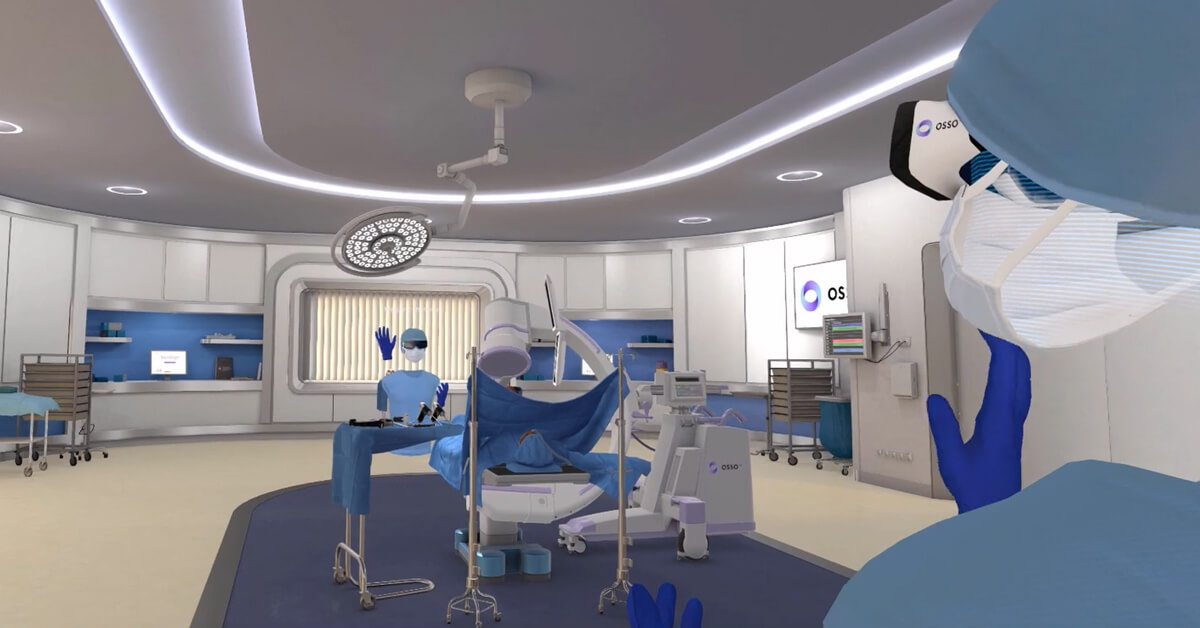
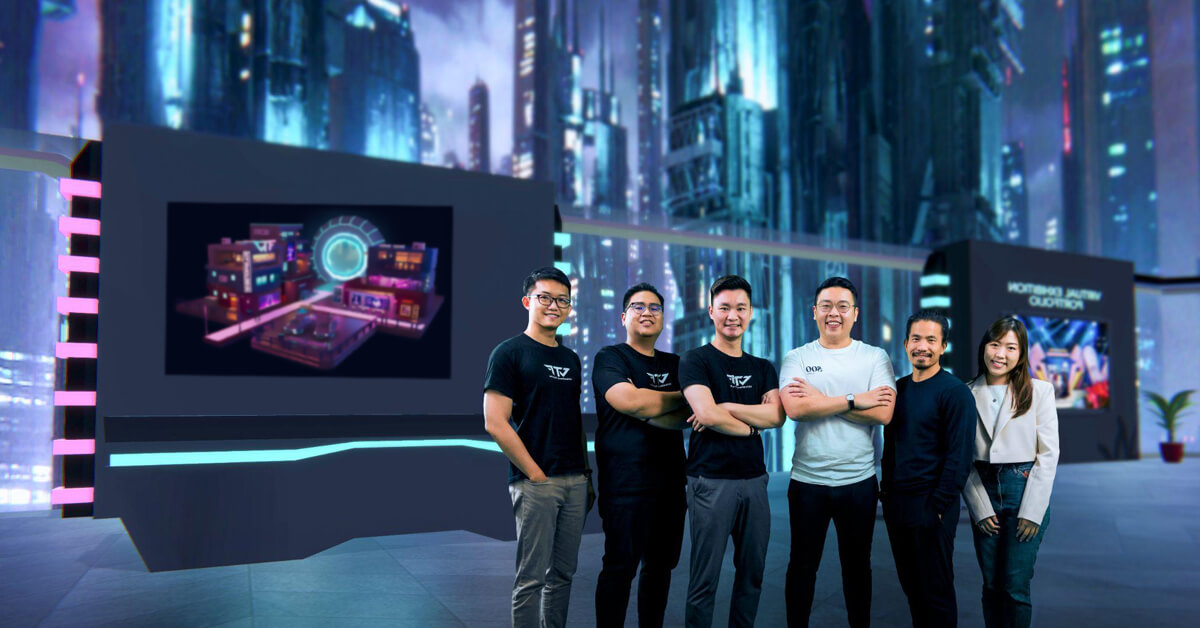

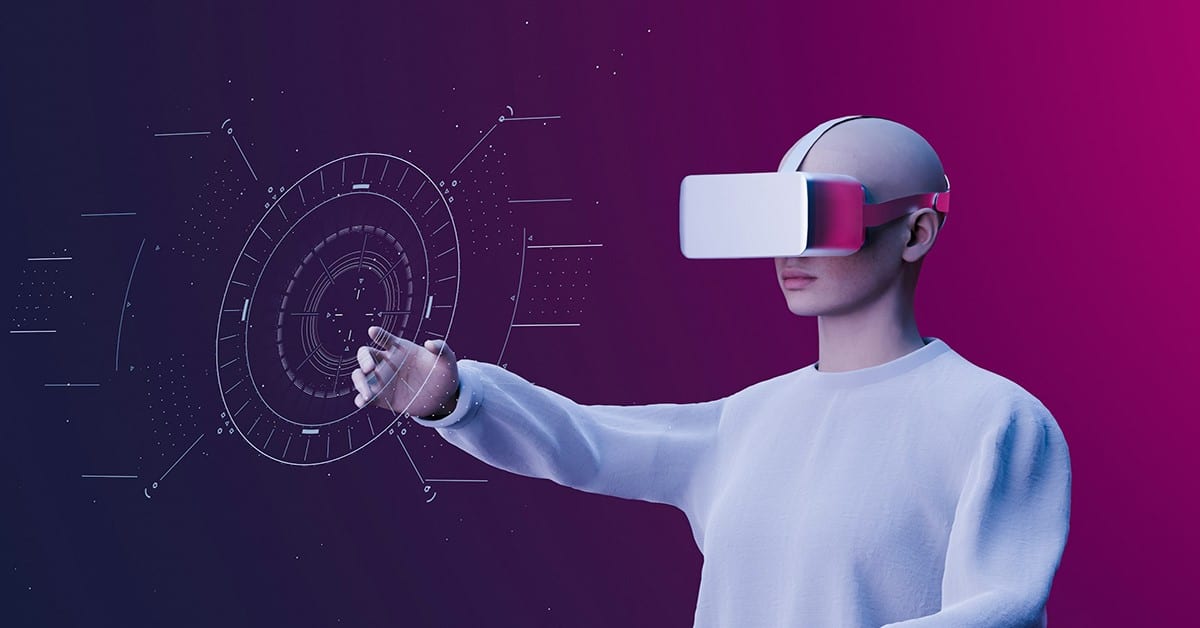
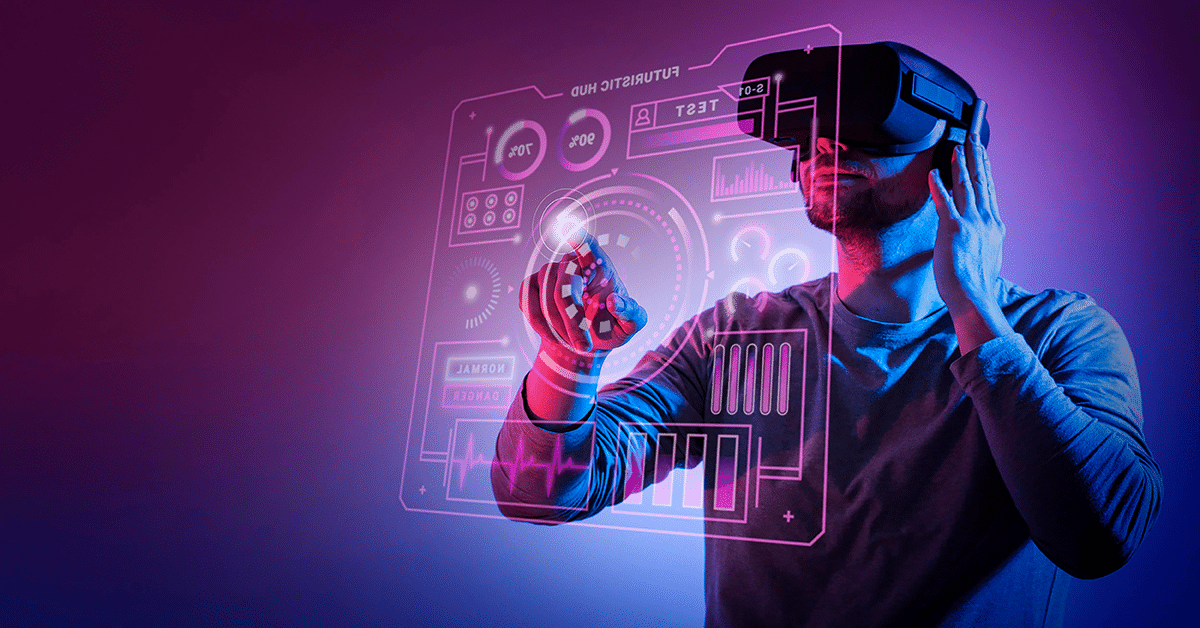
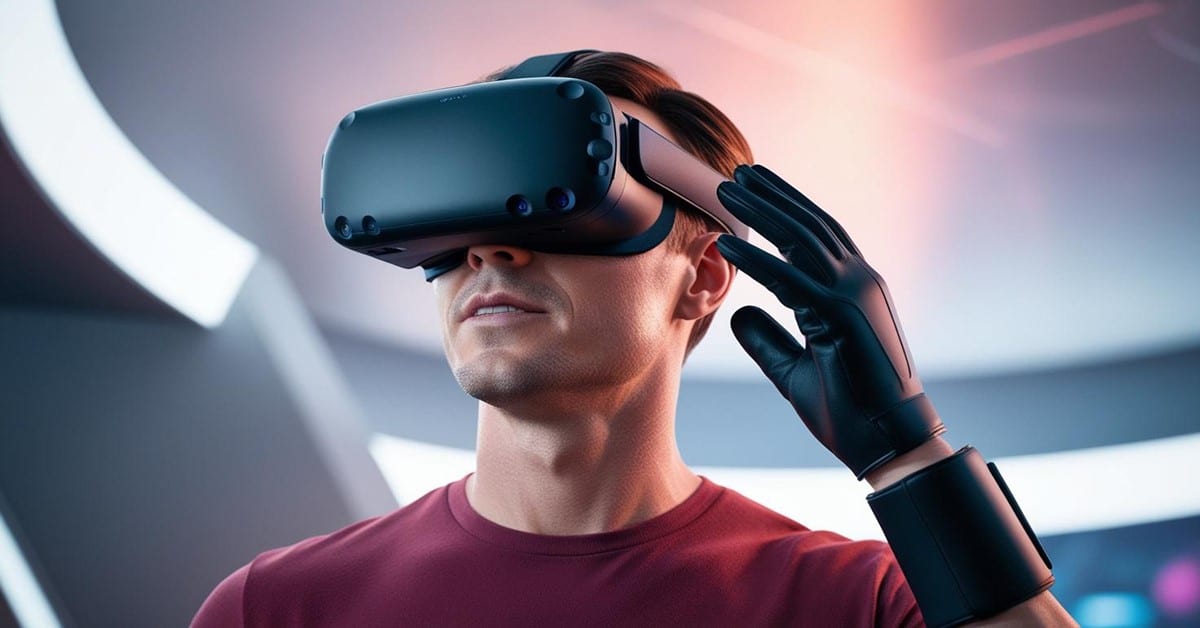


Leave A Comment